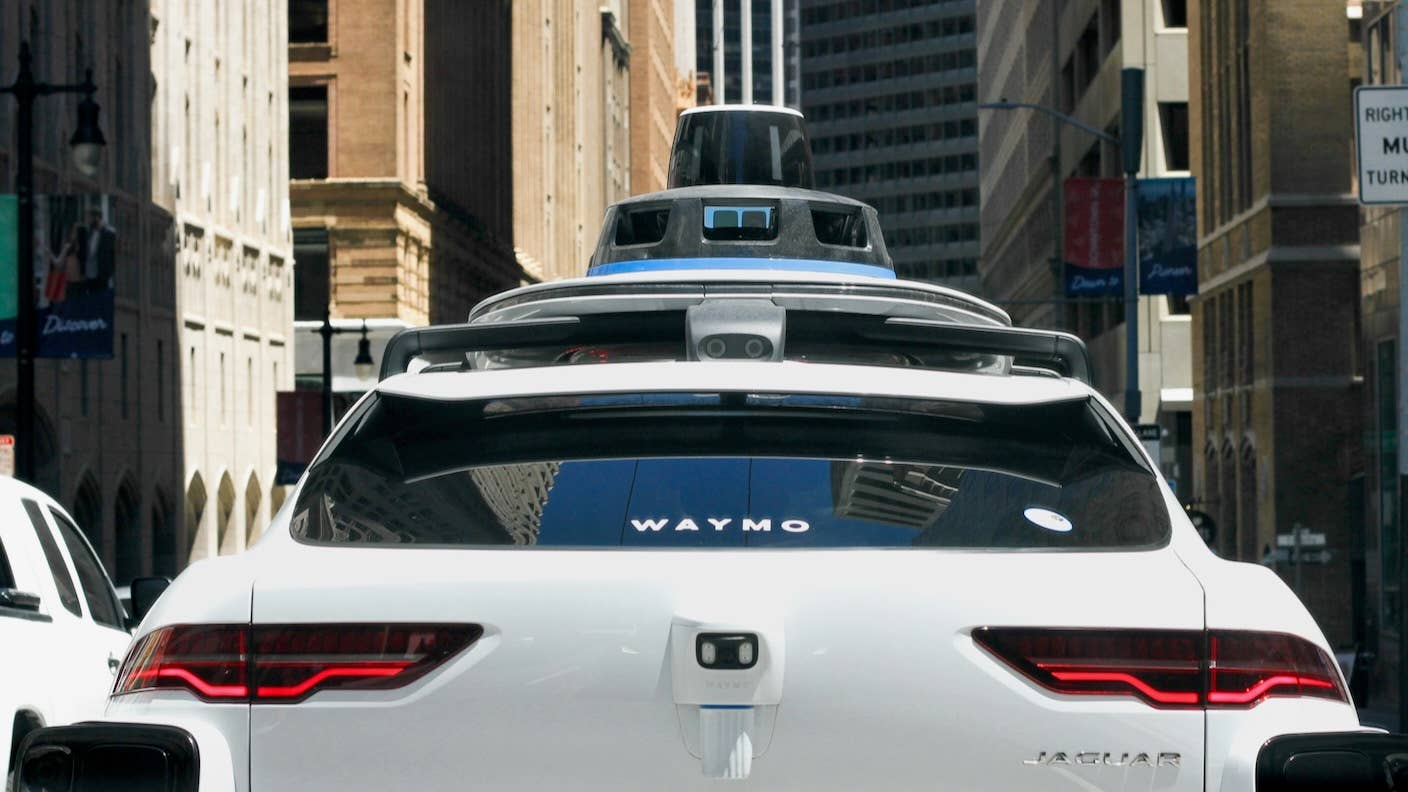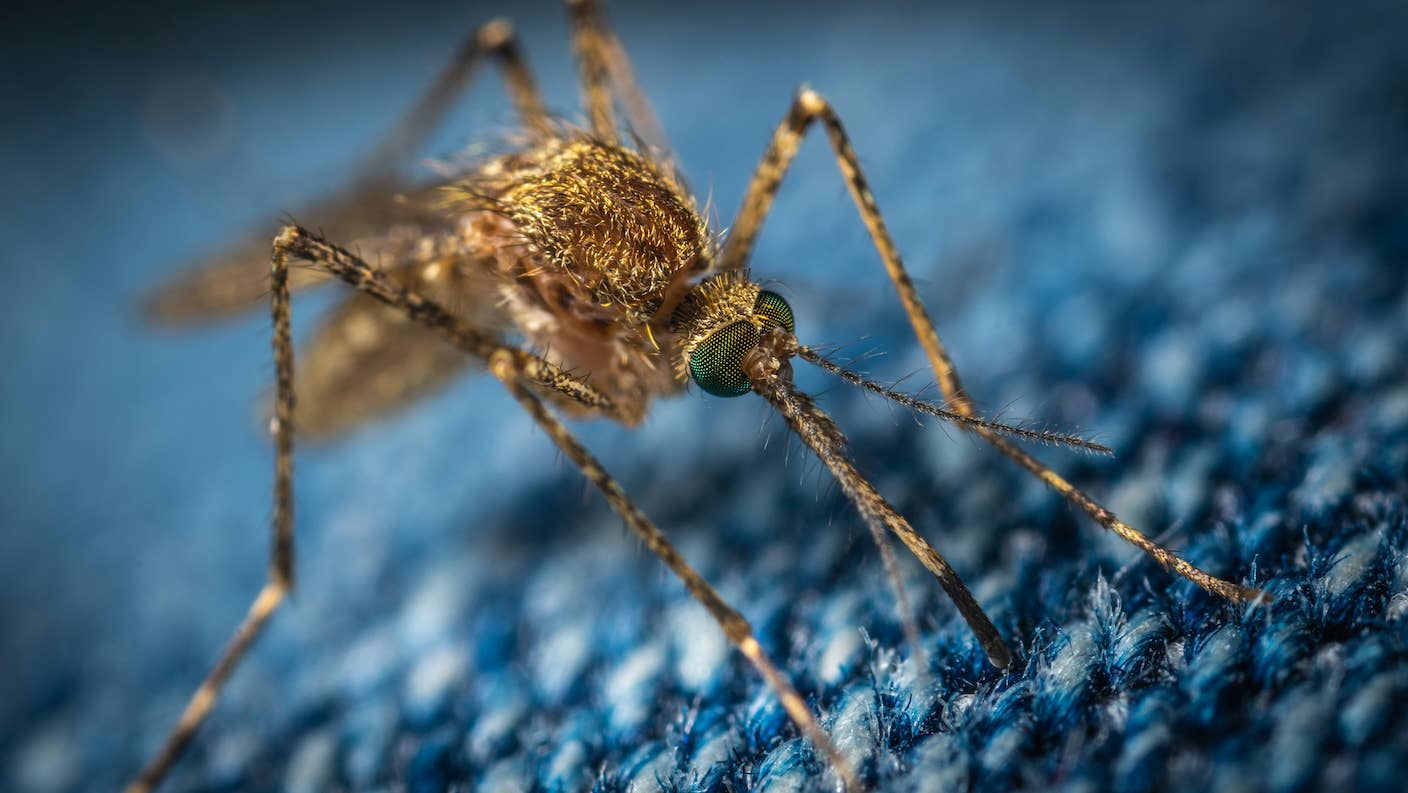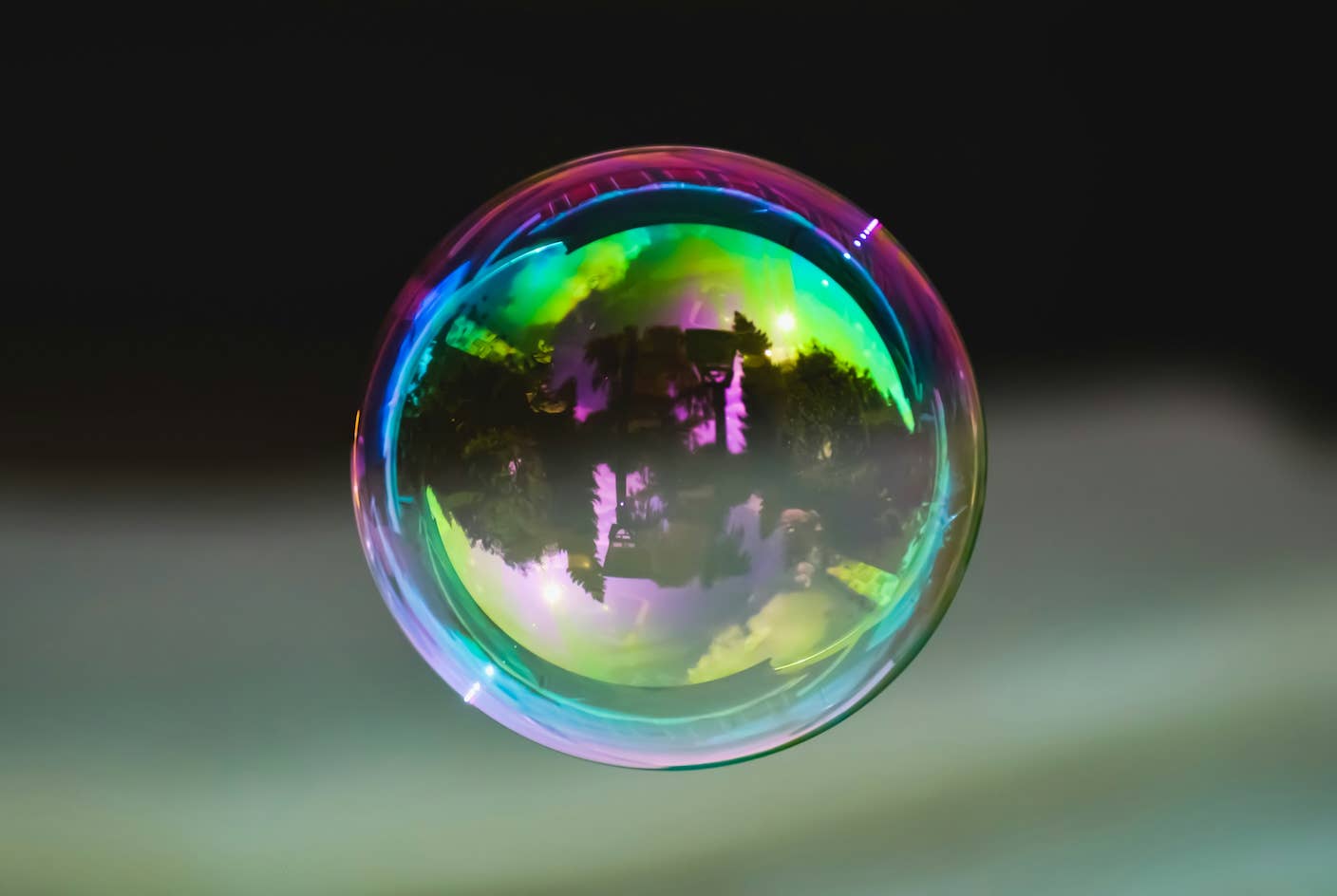Study Finds Self-Driving Cars Are Actually Safer Than Humans in Many (But Not All) Situations

Share
Autonomous vehicles are understandably held to incredibly high safety standards, but it's sometimes forgotten that the true baseline is the often dangerous driving of humans. Now, new research shows that self-driving cars were involved in fewer accidents than humans in most scenarios.
One of the main arguments for shifting to autonomous vehicles is the prospect of taking human error out of driving. Given that more than 40,000 people die in car accidents every year in the US, even a modest improvement in safety could make a huge difference.
But self-driving cars have been involved in a number of accidents in recent years that have led to questions over their safety and caused some larger companies like Cruise to scale back their ambitions.
Now though, researchers have analyzed thousands of accident reports from incidents involving both autonomous vehicles and human drivers. Their results, published in Nature Communications, suggest that in most situations autonomous vehicles are actually safer than humans.
The team from the University of Central Florida focused their study on California, where the bulk of autonomous vehicles testing is going on. They gathered 2,100 reports of accidents involving self-driving cars from databases maintained by the National Highway Traffic Safety Administration, the California Department of Motor Vehicles, and news reports.
They then compared them against 35,000 reports of incidents involving human drivers compiled by the California Highway Patrol. The team used an approach called “matched case-control analysis” in which they attempted to find pairs of crashes involving humans and self-driving cars that otherwise had very similar characteristics.
This makes it possible to control for all the other variables that could contribute to a crash and investigate the impact of the “driver” on the likelihood of a crash occurring. The team found 548 such matches, and when they compared the two groups, they found self-driving cars were safer than human drivers in most of the accident scenarios they looked at.
There are some significant caveats though. The researchers also discovered that autonomous vehicles were over five times more likely to be involved in an accident at dawn or dusk and nearly twice as likely when making a turn.
Be Part of the Future
Sign up to receive top stories about groundbreaking technologies and visionary thinkers from SingularityHub.


The former is likely due to limitations in imaging sensors, while J. Christian Gerdes, from Stanford University, told IEEE Spectrum that their trouble with turns is probably due to limited ability to predict the behavior of other drivers.
There were some bright spots for autonomous vehicles too though. They were roughly half as likely to be involved in a rear-end accident and just one-fifth as likely to be involved in a broadside collision.
The researchers also found that the chance of a self-driving vehicle crashing in rain or fog was roughly a third of that for a human driver, which they put down to the vehicles’ reliance on radar sensors that are largely immune to bad weather.
How much can be read into these results is a matter of debate. The authors admit there is limited data on autonomous vehicle crashes, which limits the scope of their findings. George Mason University’s Missy Cummings also told New Scientist that accident reports from self-driving companies are often biased, seeking to pin the blame on human drivers even when the facts don’t support it.
Nonetheless, the study is an important first step in quantifying the potential safety benefits of autonomous vehicle technology and has highlighted some important areas where progress is still needed. Only by taking a clear-eyed look at the numbers can policymakers make sensible decisions about where and when this technology should be deployed.
Image Credit: gibblesmash asdf / Unsplash
Related Articles

AI Companies Are Betting Billions on AI Scaling Laws. Will Their Wager Pay Off?

Super Precise 3D Printer Uses a Mosquito’s Needle-Like Mouth as a Nozzle

Is the AI Bubble About to Burst? What to Watch for as the Markets Wobble
What we’re reading
